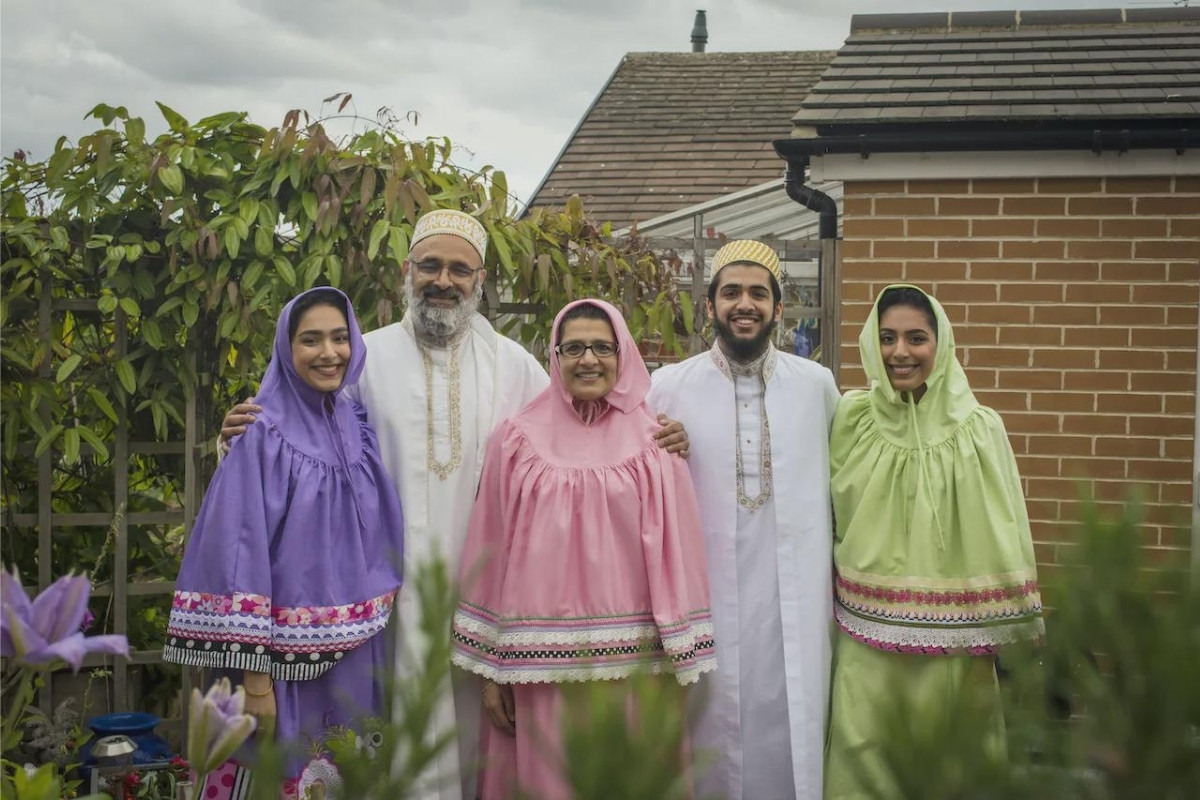
Who are the Nizari Ismailis? The Nizari Ismailis are a fascinating branch of Shia Islam known for their rich history, unique beliefs, and cultural contributions. Originating in the 8th century, they split from other Ismaili groups over leadership disputes. Today, they are led by the Aga Khan, a title held by their spiritual leader. Nizari Ismailis emphasize intellectual exploration, social justice, and community service. They have a global presence, with significant communities in South Asia, East Africa, and North America. Their practices blend traditional Islamic rituals with modern interpretations, making them a dynamic and evolving community. Curious about their history, beliefs, and contributions? Keep reading to uncover 29 intriguing facts about the Nizari Ismailis!
Who Are the Nizari Ismailis?
The Nizari Ismailis are a fascinating branch of Shia Islam with a rich history and unique traditions. They are known for their emphasis on intellectual exploration and community service. Let's dive into some intriguing facts about this community.
-
The Nizari Ismailis are the second-largest branch of Shia Islam, following the Twelvers.
-
They follow the Aga Khan, who is their spiritual leader and Imam.
-
The current Aga Khan, Prince Shah Karim Al Hussaini, is the 49th Imam of the Nizari Ismailis.
-
The Nizari Ismailis have a strong tradition of philanthropy and community service.
-
Their history dates back to the 8th century when they split from other Shia groups.
Historical Milestones
The history of the Nizari Ismailis is filled with significant events that have shaped their identity and beliefs. Here are some key historical milestones.
-
The Nizari Ismailis established the Fatimid Caliphate in North Africa in the 10th century.
-
They founded the Alamut Castle in Persia, which became a center of learning and strategy.
-
The famous Persian poet and philosopher Nasir Khusraw was a prominent Nizari Ismaili.
-
The Nizari Ismailis faced persecution during the Mongol invasions in the 13th century.
-
The community experienced a renaissance under the leadership of Aga Khan III in the 20th century.
Beliefs and Practices
Nizari Ismailis have unique beliefs and practices that set them apart from other Islamic groups. These beliefs emphasize the importance of knowledge, ethics, and community.
-
They believe in the concept of Imamat, where the Imam is a direct descendant of Prophet Muhammad.
-
The Nizari Ismailis practice a form of esoteric interpretation of the Quran.
-
They celebrate the festival of Navroz, marking the Persian New Year.
-
The community places a strong emphasis on education and intellectual growth.
-
They have a unique prayer ritual called "Dua," which is recited three times a day.
Cultural Contributions
The Nizari Ismailis have made significant contributions to art, architecture, and culture. Their influence can be seen in various aspects of society.
-
The Aga Khan Trust for Culture works to preserve and promote cultural heritage.
-
The community has established numerous educational institutions worldwide.
-
The Aga Khan Museum in Toronto showcases Islamic art and culture.
-
Nizari Ismaili architecture is known for its intricate designs and use of geometric patterns.
-
They have contributed to the development of modern Islamic thought and philosophy.
Modern-Day Impact
Today, the Nizari Ismailis continue to make a positive impact on the world through various initiatives and organizations.
-
The Aga Khan Development Network (AKDN) focuses on improving living conditions in developing countries.
-
The community has established hospitals and healthcare facilities in underserved regions.
-
The Aga Khan University in Pakistan is a leading institution for higher education and research.
-
Nizari Ismailis are active in promoting interfaith dialogue and understanding.
-
The community has a strong presence in countries like Canada, the United States, and the United Kingdom.
Notable Figures
Several notable figures have emerged from the Nizari Ismaili community, contributing to various fields such as politics, science, and the arts.
-
Aga Khan III was a prominent leader and advocate for Indian independence.
-
Prince Sadruddin Aga Khan served as the United Nations High Commissioner for Refugees.
-
Dr. Azim Nanji is a renowned scholar of Islamic studies.
-
Yasmin Aga Khan, daughter of Aga Khan III, is a well-known philanthropist and advocate for Alzheimer's research.
The Final Word on Nizari Ismailis
Nizari Ismailis have a rich history filled with fascinating traditions and beliefs. From their origins in the 8th century to their modern-day practices, they’ve maintained a unique identity within Islam. Their emphasis on education, community service, and pluralism sets them apart. The Aga Khan, their spiritual leader, plays a significant role in guiding the community and promoting humanitarian efforts worldwide. Understanding the Nizari Ismailis gives us a glimpse into a vibrant culture that values knowledge, compassion, and unity. Whether it's their architectural marvels or their contributions to global development, the Nizari Ismailis continue to leave a lasting impact. This community's story is a testament to resilience and adaptability, making them an integral part of the diverse tapestry of human civilization.
Was this page helpful?
Our commitment to delivering trustworthy and engaging content is at the heart of what we do. Each fact on our site is contributed by real users like you, bringing a wealth of diverse insights and information. To ensure the highest standards of accuracy and reliability, our dedicated editors meticulously review each submission. This process guarantees that the facts we share are not only fascinating but also credible. Trust in our commitment to quality and authenticity as you explore and learn with us.
